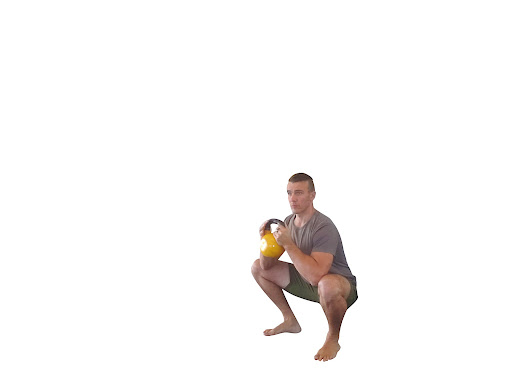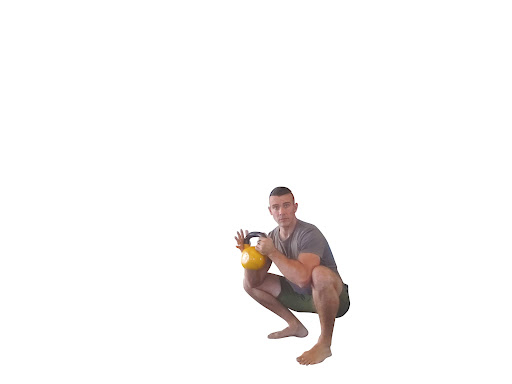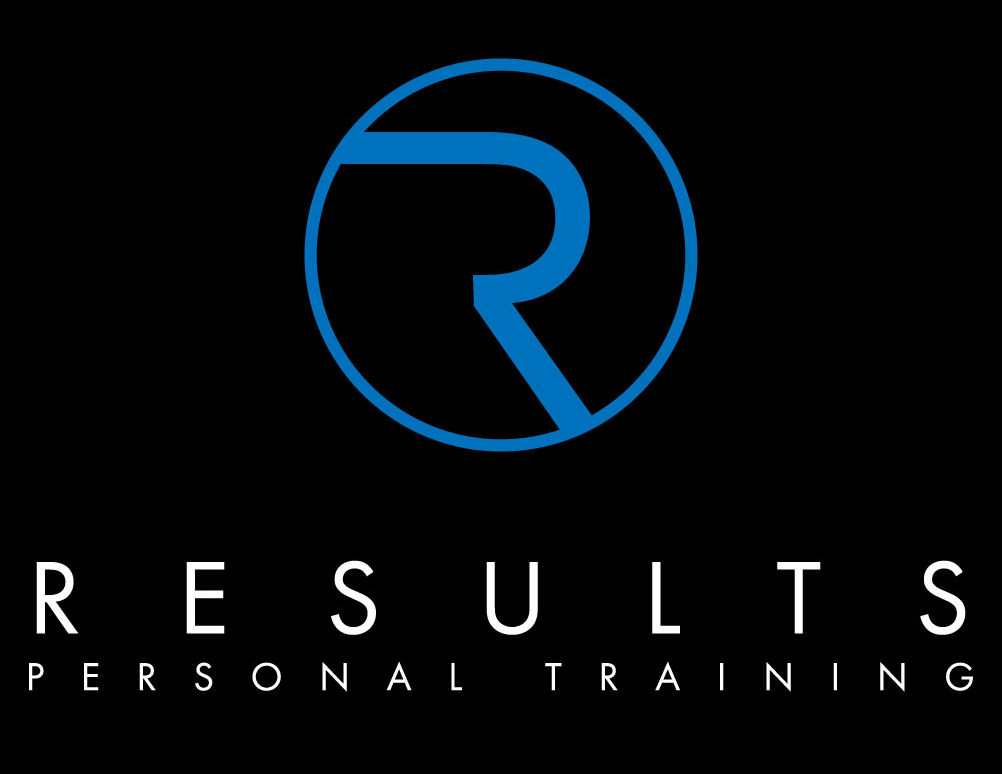Why mobility = freedom
Having enough mobility gives you options. It gives you the access to freely explore your body, putting it into whatever shape or position you require.
In life:
It gives us the ability to squat down and garden or play with the kids
Need to reach up to place luggage in the overhead compartments. Check
How about that long stride to jump over the stream.
Want to improve your tennis, golf or pickleball game? Having that upper back rotation will do that
In the gym:
Need to squat down without those heels raising. Ankle mobility anyone?
How about overhead pressing without exceedingly arching your back
What about hinging for a deadlift without having your back round
Mobility will help with all these things and quite frankly having enough of it simply makes life easier
I believe that most people know they need to do mobility work but it’s often not prioritised as it doesn’t burn lots of calories or build shed loads of muscle. Arguably it actually does help with both those endeavours more than one might think… it just happens as more of a by-product.
From time to time I stop by a commercial big box gym to have a little look around at what people are doing and to my amazement it’s pretty rare to see anyone doing any mobility work. And it’s pretty common to see guys holding their shoulders or elbows with a grimace of pain after a set of bench presses or shoulder presses. It’s common to see ladies squatting with a couple of plates under their ankles, so that they can hit depth. It’s common to see rounding backs and butt winks.
Outside of the gym, all I have to do is look at a few statistics to know that if you’re 50 plus and don’t have adequate mobility then a fall might well be fatal
So, what do you need to do to get some mobility in your life
The primary areas of the body that require mobility are…
- Toes
- Ankles
- Hips
- Thoracic spine (upper back)
- Upper Cervical spine (neck)
- Shoulders
- Wrists
- Fingers
Eight areas might well seem overwhelming but often simply focusing on the ankles, hips and thoracic spine will generally get the job done. For example many ankle mobilisers involve the toes to do their thing. Many thoracic spine mobilisers also involve the neck and shoulders. The right mobility drill will cover more than one area
Now contrary to what you might be thinking, you don’t need to spend hours everyday on this stuff, 5-10 minutes is often more than enough.
Here’s the thing – The goal of mobility training (for most) is to simply possess enough mobility. Enough being the operative word.
Unless you have grand ambitions of joining the cirque du soleil you don’t need to be able to do the splits or backbends. The ability to have these skills takes years and years of dedicated mobility work.
Most people simply need to be functional. And what’s functional? Functional is being able to do the task at hand without injuring yourself or spending weeks sore.
Playing on the ground with the kids is functional, gardening is functional, reaching for high cupboards is functional. Doing the splits isn’t. Never in life have I found myself in this situation.
As you don’t need to be flashy but you do need to be functional it only takes 5-10 minutes a day.
The key is that you are consistent with it and mindful of it.
Below are three great mobility drills to get you started :
1- Open Half Kneeling Ankle Mob


Set up – get into a half kneeling posture by placing one knee directly under the hip and the other foot in line with the knee. Next open the hip so that the ankle is in line with the knee creating a right angle. Once in position grab a kettlebell.
Action – Use the weight of the kettlebell to slowly bring your knee towards your toes. Concentrate on staying tall and don’t let your knee fall inwards
Reps – in a slow controlled manner perform 15 reps on each side.
2 – Half Kneeling Halo



Set up – Get into a half kneeling posture by placing one knee directly under the hip, the other foot should be inline with the knee. Creating a 90/90 position. Through the exercise stay tall and focus on good postural alignment.
Action – Grab a kettlebell by the handles and flip it upside down. Next slowly start to move the kettlebell around your head making sure the kettlebell moves and not your head.
Reps – This exercise should be slow, performing 10 reps clockwise and 10 anti clockwise around your head.
3 – Prying Goblet Squat


Set up – Pick the kettlebell up and hold it by the horns at chest level. Stand with your feet shoulder width apart with your toes pointed out 10-15 degrees.
Action – Perform a deep squat until your elbows reach the inside of your knees. From here spend time simply prying open the hips.
Reps – 3 reps here, but remember to spend approximately 30-45 seconds prying the hips open on each rep
Thousands of mobility drills
There are literally thousands of mobility drills and you want to find the ones that really work for you. The fastest most effective way for you to do this is to book a Functional Movement Screen where we can take a specific look at you and your needs.
If you would like to improve your mobility simply email us with the title MOBILITY PLEASE and I will put you on the waiting list for a screen.
